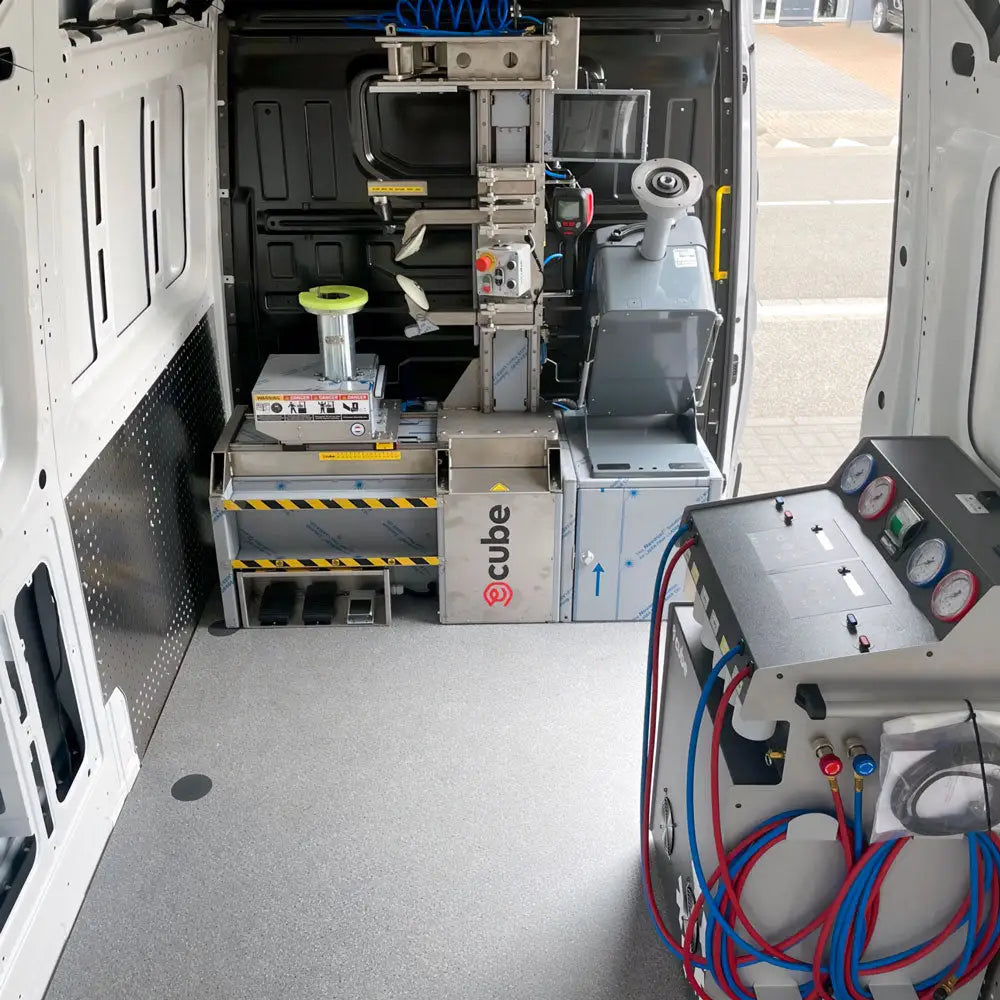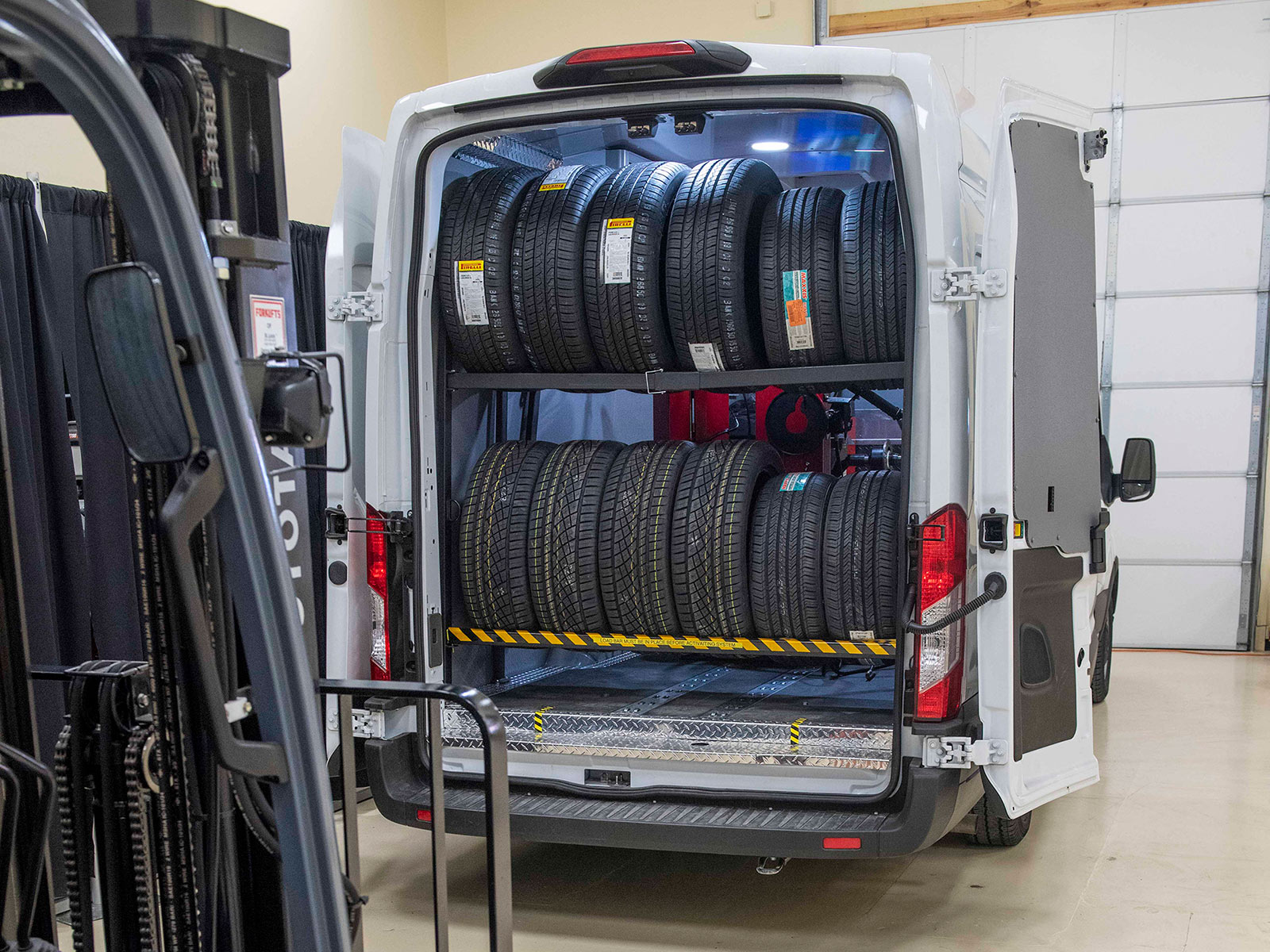Tire Solution: Proven Techniques for Optimal Tire Upkeep and Care
From making sure proper tire pressure to normal rotation and positioning, there are tested methods that can considerably expand the life expectancy of your tires and enhance general driving experience. Let's delve into the world of tire solution and find the tricks to maintaining your tires in top-notch form for the long haul - Mobile Tire Replacement Las Vegas.
Significance of Tire Stress
Proper tire stress is an essential element in ensuring optimum car efficiency and safety and security on the road. Maintaining the suggested tire stress levels offered by the supplier offers various benefits. Firstly, appropriate tire stress advertises far better gas efficiency, as under-inflated tires can lead to raised rolling resistance, causing the engine to function harder and consume even more fuel. Secondly, appropriate tire pressure ensures even step wear, boosting tire longevity and conserving cash in the long run by delaying the demand for early replacements. In addition, appropriately pumped up tires add to improved handling and stopping abilities, important for safe driving in different roadway problems. Over-inflated tires, on the other hand, can lead to lowered traction and a harsher ride. Alternatively, under-inflated tires are susceptible to getting too hot, which can result in crashes and blowouts. Frequently examining and adjusting tire pressure, particularly eventually trips, is a simple yet reliable method to enhance automobile efficiency, expand tire life expectancy, and focus on security when traveling.
Tire Rotation Standards
When thinking about tire rotation guidelines, it is vital to comprehend the importance of this maintenance task in optimizing tire life-span and keeping optimum lorry performance. Tire rotation entails transforming the setting of each tire on a vehicle to guarantee even tread wear. Front tires tend to use a lot more promptly than back tires as a result of steering pressures, making normal rotation essential for well balanced wear patterns. The suggested rotation pattern varies depending on whether an automobile is front-wheel, rear-wheel, all-wheel, or four-wheel drive. Generally, tires ought to be turned every 5,000 to 7,500 miles, or as advised in the lorry guidebook. Disregarding tire rotation can result in uneven wear, influencing handling, traction, and possibly compromising vehicle security. By adhering to correct turning standards, motorists can extend the life of their tires, boost fuel effectiveness, and boost general driving experience. Regular turning is an easy yet efficient maintenance method that contributes dramatically to tire longevity and automobile efficiency.

Advantages of Wheel Alignment
Making certain proper wheel placement after tire rotation is critical for preserving well balanced wear patterns and optimizing car performance. Additionally, right wheel placement helps to prolong the life expectancy of your tires. Misaligned wheels can trigger irregular tire wear, leading to premature tire substitute and enhanced maintenance expenses.

Tire Footstep Depth Check
Executing a normal examination of tire walk deepness is necessary for maintaining risk-free driving conditions and lengthening the life expectancy of your tires. The step on your tires plays a critical function in providing grip, particularly in slippery or wet problems. To check your tire walk depth, you can utilize a walk depth scale or the dime test. The suggested step deepness goes to least 2/32 of an inch. If the walk deepness is listed below this threshold, it is time to change your tires to ensure ideal efficiency and safety and security when driving. Irregular step wear can show concerns with tire stress, alignment, or suspension, highlighting the value of routine walk deepness checks. Disregarding to monitor and keep appropriate walk depth can result in reduced hold, longer stopping ranges, and an increased risk of hydroplaning. By incorporating tire tread deepness check out your routine upkeep schedule, you can drive with self-confidence recognizing that your tires remain in leading problem.
Seasonal Tire Inspection
An extensive evaluation of tire condition customized to particular weather is critical for preserving optimal efficiency and security throughout the year. useful link Seasonal tire examination is a fundamental element of tire maintenance that makes sure tires are ready to encounter the challenges presented by different weather. In prep work for wintertime, it is important to examine the tire pressure regularly as cool temperature levels can cause tire pressure to go down. Examining tire step depth is likewise essential to ensure appropriate grip on snow and ice-covered roadways. Additionally, inspecting for indicators of deterioration, such as lumps or splits, can help avoid possible tire failures. As the periods change, it is necessary to assess tire problem and make any kind of necessary adjustments to ensure risk-free driving. By conducting routine seasonal tire assessments, vehicle drivers can prolong tire life expectancy, enhance gas performance, and most importantly, ensure a protected driving experience in differing weather condition problems - Mobile Tire Change Las Vegas.
Final Thought
Finally, preserving proper tire stress, turning tires routinely, lining up wheels correctly, keeping track of step deepness, and performing seasonal inspections are crucial methods for optimal tire treatment. By following these shown techniques, drivers can ensure their tires last longer, do better, and add to total car safety and security. It is necessary to focus on tire maintenance to protect against accidents, boost fuel performance, and lengthen the lifespan of tires.
Ample tire pressure promotes much better gas efficiency, as under-inflated tires can lead to boosted rolling resistance, creating the engine to work more challenging and take in even more fuel.When thinking about tire turning standards, it is important to comprehend the relevance of this maintenance task in making best use of tire lifespan and preserving ideal click automobile efficiency. Seasonal tire inspection is a fundamental element of tire maintenance that makes sure tires are all set to encounter the obstacles postured by various weather conditions. By conducting regular seasonal tire evaluations, chauffeurs can extend tire life expectancy, improve fuel efficiency, and most importantly, ensure a protected driving experience in varying weather conditions.
In verdict, preserving correct tire pressure, rotating tires routinely, aligning wheels correctly, monitoring walk deepness, and performing seasonal assessments are necessary methods for ideal tire care.